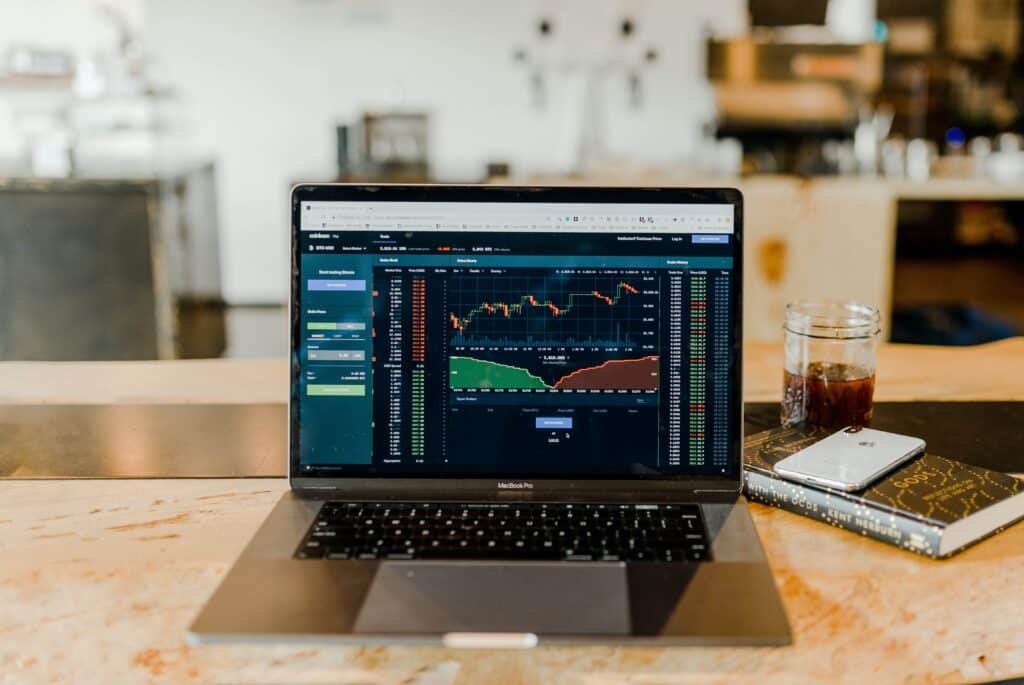
In the fast-paced world of modern business, unlocking the full potential of your assets has never been more critical. As companies continue to expand their operations and streamline their workflows with the help of technology, the need to ensure security and minimise risks remains an urgent priority. Here’s how asset management software plays a pivotal role in strengthening security and risk management in businesses.
But, before delving into the significance of asset management software, it’s important to first understand the importance of asset management itself. Assets encompass a wide range of tangible and intangible resources, including physical equipment, machinery, IT infrastructure, buildings, and intellectual property. Efficiently managing fixed assets ensures that they are utilised optimally, reducing downtime, minimising expenses, and maximising productivity. Moreover, proper asset management enables businesses to make informed decisions regarding their investments, maintenance, and replacements.
Growing Concerns over Security and Risk Management
In recent years, businesses have been grappling with growing concerns over security and risk management. The rise of cyber threats, data breaches, and physical thefts has compelled organisations to fortify their security measures. Additionally, regulatory compliance requirements and the need to manage operational risks have further complicated the landscape. In this context, asset management software emerges as a potent tool to address these challenges effectively.
Asset management software is a specialised solution designed to streamline the tracking, monitoring, and optimisation of an organisation’s assets. It empowers businesses to manage assets throughout their lifecycle, from acquisition to disposal. The software centralises asset data, making it easily accessible and providing real-time insights into asset performance and usage.
Enhancing Security with Asset Management Software
So, how can asset management software help improve security for businesses? Here are just a few of the ways.
Real-time Asset Tracking and Monitoring
One of the primary ways asset management software strengthens security is through real-time asset tracking and monitoring. This feature allows businesses to have a comprehensive view of their assets’ whereabouts and usage patterns. In case of any suspicious activities or unauthorised movements, prompt action can be taken to prevent potential security breaches. This is especially important for businesses operating across multiple locations and even countries as it provides total visibility over geographically disparate asset movements and changes.
Access Control and User Permissions
Asset management software enables businesses to implement access controls and user permissions. By restricting access to sensitive asset data and allowing only authorised personnel to handle critical assets, the risk of unauthorised access and tampering is minimised. This granular level of control ensures that each employee has access to the information they require for their specific role, helping to promote data security.
Preventing Unauthorised Access and Theft
Unauthorised access and theft can lead to severe financial and reputational damages. Asset management software aids in preventing such incidents by enabling businesses to implement security measures like barcode or RFID tagging and GPS tracking. In the event of theft or unauthorised movement, the software can raise alarms and notify relevant personnel immediately, increasing the chances of asset recovery.
Cybersecurity and Data Security
In an era where cyber threats are rampant, protecting critical data is of paramount importance. Asset management software employs robust cybersecurity protocols to safeguard the system from potential cyber-attacks. Additionally, data encryption and secure access mechanisms ensure that sensitive asset information remains protected from unauthorised access or data breaches.
Auditing and Compliance Monitoring
Maintaining compliance with all relevant industry regulations and internal policies is crucial for businesses. Asset management software facilitates compliance by creating an audit trail of all asset-related activities. This comprehensive record assists businesses during audits and ensures adherence to established guidelines, reducing the risk of compliance-related penalties.
Mitigating Risks through Asset Management Software
Beyond enhancing security, asset management software also plays a key role in mitigating various risks that businesses face.
Equipment Maintenance and Performance Monitoring
Regular maintenance is essential to ensure the longevity and optimal performance of assets. Asset management software enables businesses to schedule and track maintenance tasks efficiently. This proactive approach reduces the risk of unexpected equipment failures, minimising downtime and associated costs. Notably, with detailed equipment performance tracking and reporting and streamlined scheduled maintenance, the risk of health and safety issues is diminished. This means a safer and better work environment for all.
Asset Valuation and Insurance
Accurate asset valuation is essential for insurance coverage and financial planning. Asset management software provides up-to-date information on asset value, enabling businesses to make informed decisions regarding insurance coverage and potential claims. This mitigates the financial risk associated with underinsured or overinsured assets.
Forecasting and Reporting
Businesses need accurate data for effective decision-making and risk assessment. Asset management software generates comprehensive reports and analytics, offering valuable insights into asset performance, utilisation, and lifecycle costs. These insights empower businesses to make data-driven decisions, mitigating potential risks associated with inaccurate forecasts or uninformed choices.
Conclusion
It’s clear to see that asset management software is a powerful tool that strengthens security and risk management in businesses. By offering real-time asset tracking, access control, data security, and compliance monitoring, businesses can safeguard their assets from theft, unauthorised access, and cyber threats. Additionally, the software’s risk mitigation capabilities, such as equipment maintenance monitoring, asset valuation, and forecasting, enable businesses to make informed decisions and optimise their asset utilisation.
For businesses seeking a comprehensive asset management software solution, FMIS asset management software stands out as a powerful solution. By implementing this robust asset management software, businesses can fortify their security measures, reduce risks, and enhance overall efficiency in asset management.
